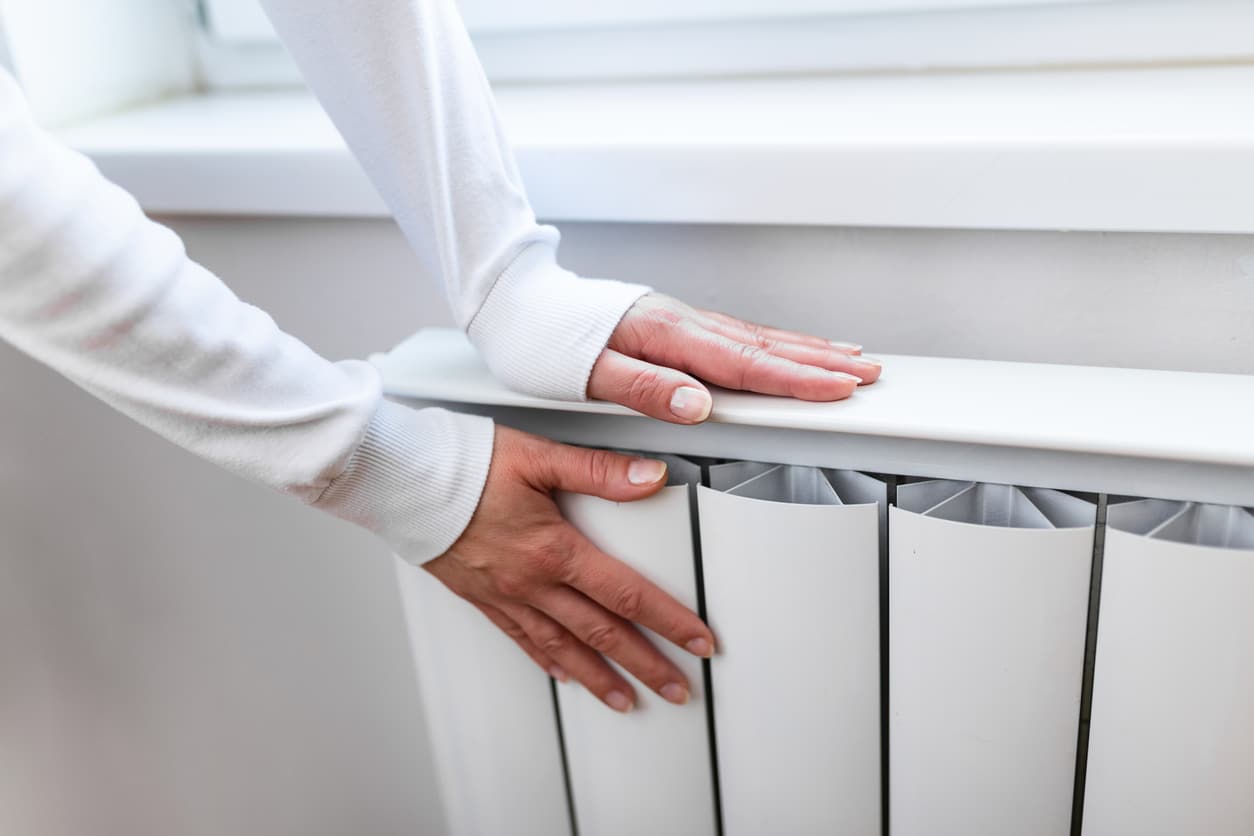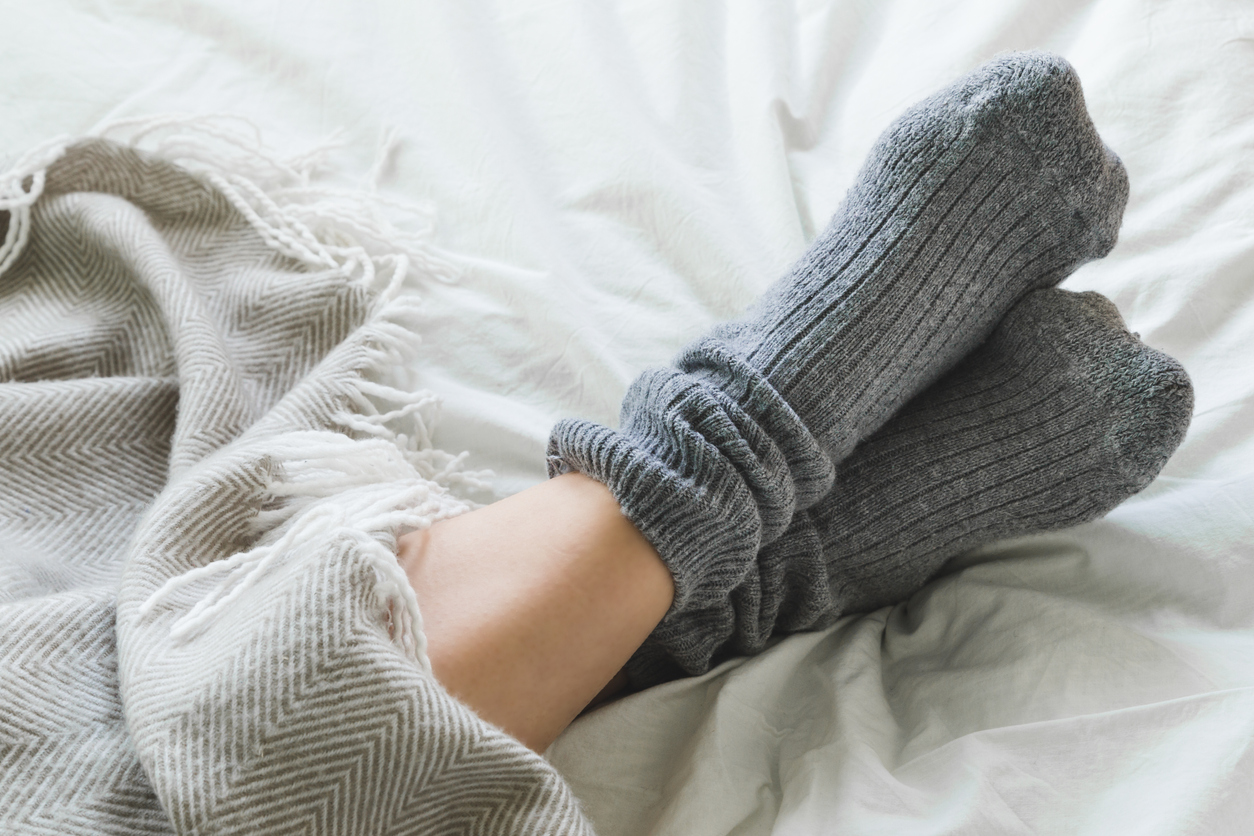The longer evenings and cooler days are a fresh reminder that winter is fast approaching. So we bring out our sweaters, our throws, our most beautiful candles with autumn scents and the appropriate decorations. However, with the arrival of cooler temperatures, it is above all the question of knowing when to turn your radiator back on to ensure optimal comfort in our homes that arises. Heating too early can in fact cause additional costs on your electricity or gas bill at a time when their prices are skyrocketing. However, with the cold outside, we don’t want to have the impression of living in an icebox because the heating is too late.
If you live in collective accommodation and not with an individual heating method, you will of course have no choice. If this is not the case, and you want to avoid these inconveniences and find the right balance, it is then essential to pay attention to several signs before making the decision to turn your radiator or heating back on, but also to follow some recommendations for optimal start-up. Here’s how to make the wisest choice for this cold season.
Signs that tell you it’s time to turn the heater back on

Temperatures vary depending on the region, so there is no no universal answer. The first thing to take into consideration is therefore the local temperature drop. In general, when temperatures start to drop below 15°Cit’s time to evaluate whether your heating system needs to be activated. A good way to monitor this is to check the weather forecast regularly. If you notice that cold spells are forecast, it may be a good idea to turn the radiator back on a little before the first frosts arrive to avoid excessive cooling of your interior.
An indoor thermometer can also help you make this decision more accurately. Ideal temperatures on the thermostat usually vary between 19 and 21°C for living spaces to provide optimal comfort while remaining energy efficient. For bedrooms, a temperature of 16 to 18°C is perfect for better quality sleep. If your thermometer shows lower readings, then it may be time to turn the heat back on.
Finally, it is also essential to listen to your body’s signals. If you start to feeling thermal discomfort even when dressed warmlythis indicates that it is probably time to turn on the heating. Sometimes discomfort can manifest as a persistent feeling of cold or shivering, even when you are well covered. So be very attentive to these signs in order to ensure a warm and welcoming living environment.
Criteria to consider before turning the heating back on

Before making the decision to turn your radiator back on, consider several criteria. The type of heating system you use plays a key role in when you should turn it back on. Indeed, water heaters may take longer to heat up. Conversely, electric heaters respond quickly to commands.
If you have a central heating system, also check the insulation of your house. Good insulation can delay the need for heating because it prevents heat from escaping and maintains a pleasant temperature indoors. So inspect windows, doors and even walls for possible air leaks.
Finally, it is important to think about energy costs. Energy rates can vary seasonally, and it might be more economical to wait until off-peak times to turn the heat back on, which could reduce your monthly bills a little.
Some tips for getting started efficiently

When you decide to turn your heating back on, a few tips will ensure an efficient start-up. First of all, carry out maintenance on your heating system. This includes checking the filters, pipes and radiators themselves. Think about purge your radiators properly and clean them carefully to remove dust that would prevent the heat from dispersing properly. Also remember to carry out the obligatory annual boiler maintenance if it has not already been done to have peace of mind this winter.
Ensuite, adapt your thermal settings according to the areas of your home. As explained earlier, you could choose to heat living spaces such as the living room more while reducing the temperature in the bedrooms for more comfort while avoiding energy waste. If you have a programmable thermostat, you will be able to manage your heating more precisely by adapting the operating hours to your lifestyle and avoiding overheating when you are not at home.
Some tips for warming up before lighting up again

If you don’t want to turn your radiator back on right away, there are several alternatives that can help you stay warm at home without heating. In the first place, invest in suitable clothing. Wear layers of clothing, such as wool sweaters and thick socks that retain body heat better. Also consider using temporary heating accessories such as electric blankets, handmade hot water bottles or thick mats that retain heat by improving insulation.
Small devices like space heaters can also provide a targeted thermal boost for specific rooms without having to turn on the central heating. If you are lucky enough to have a fireplace or wood stove, this can also be a pleasant and friendly solution for heating yourself and pushing back the official deadline for turning on the annual heating.
Finally, do not hesitate to close the curtains at night to retain heat and open them during the day to let in sunlightwhich can naturally warm your home.


